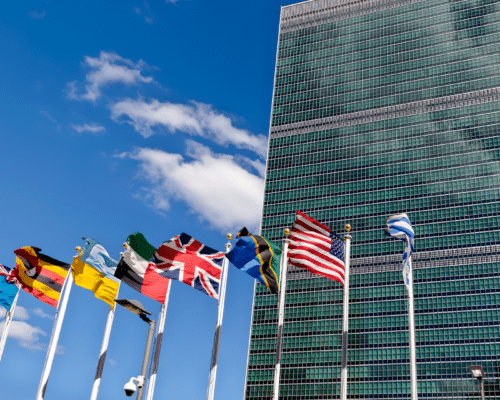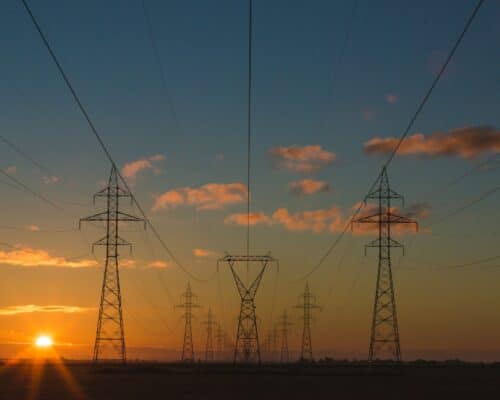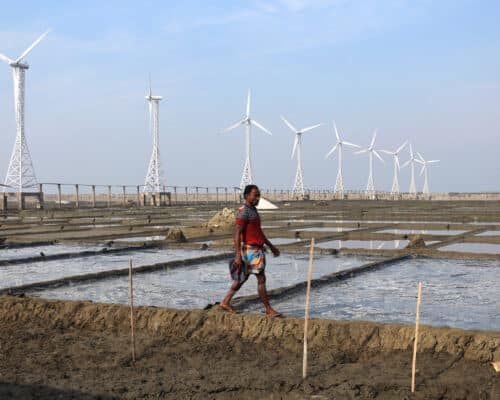Bangladesh’s Energy Scenario in 2024
Yasin Hasan / Shutterstock.com
11 June 2024 – by Eric Koons
Energy Scenario of Bangladesh 2024
The energy scenario of Bangladesh will determine how the Asian nation’s economy fares during 2024 as it reels from the energy crisis. Bangladesh is going through load shedding and is dealing with a power supply deficit due to declining domestic fossil fuel deposits and an increasing reliance on imported natural gas.
What is the energy situation in Bangladesh?
The country faces significant challenges in meeting growing electricity demand in Bangladesh due to a combination of factors including rapid population growth, urbanization, and industrial development.
Its energy grid has a high baseline power demand after achieving near-total electrification. This electricity is especially important for its ready-to-wear garments industry, which contributes to over 10% of Bangladesh’s gross domestic product (GDP) and 80% of its total exports. A lack of diversity within its energy portfolio now puts Bangladesh’s economic development at risk.
Power Sector and Bangladesh’s Energy Mix
In 2021, the country’s energy portfolio was over 99% fossil fuels, consisting of natural gas, oil, diesel and coal. Natural gas accounts for most of the energy share by supplying around 67% of the country’s energy. Meanwhile, Bangladesh imports around 26% of its natural gas.
This reliance on fossil fuels helped Bangladesh reach its electrification goals, primarily by using its resources. However, it also exemplifies the problems of fossil fuels.
Once domestic deposits are insufficient, existing infrastructure relies on finding a new source. This is typically from imports. However, importing energy involves many sacrifices – like energy security, national autonomy and price volatility. Bangladesh is now feeling the pain from the trade-offs the country has made in its rapid push for electrification.
The war in Ukraine and the global transition to renewables are driving up natural gas prices. Bangladesh’s electricity grid and economy will continue to strain without a fast shift to renewable energy.
Energy in Bangladesh Moving Forward
“The most significant issue is the heavy dependence on costly imported non-renewable energy sources,” highlight Lway Faisal Abdulrazak, Aminul Islam and Md. Biplob Hossain, in a 2021 study. “Further developing energy efficiency, including through the expansion of the energy mix by consolidating less expensive and more productive energy sources and energy effective technologies, will affect the GDP in the long term,” they add.
The country needs a more efficient grid, an effective national energy policy, the use of smart technology and, more importantly, investments in renewable energy. Although the formula for success is clear, the pathway is uncertain for Bangladesh.
As domestic gas supplies are expected to decline by 25% by 2025, the country’s commitment to maintaining full electrification comes under question. While full electrification is an outstanding achievement, what happens if it can’t be maintained?
First, its manufacturing-heavy economy will be slow to recover and will likely face stunted growth until a more resilient power system is available. Second, this will drive down local economic stimulus for job creation and reduce the competitive business environment. Both will hurt the country’s 2031 goal of reaching upper middle-income status.
As a result, the government has doubled down on natural gas imports by focusing on long-term partners and contracts.
Actions Not in Line With Renewable Energy Targets
The gas imports are at odds with the country’s renewable energy frameworks and global climate pledges, which target 40% renewable power generation by 2040. Bangladesh is ready to reinvest in costly natural gas at a time when fossil fuels are becoming stranded assets.
“By 2040, emissions affiliated with the production and transport of LNG could make up the bulk 95% of the emissions Bangladesh is responsible for. This is driven by the shift away from domestic production and toward gas imports.”
Dhaka Tribune
Pointing to the already high levels of air pollution and the range of health, infrastructure and climate issues from natural gas, the Tribune finds the same conclusion as Abdulrazak, Islam and Hussein. The country needs renewables as soon as possible to future-proof its growth and energy supply.
Which Energy Source Has the Best Future Prospect for Reliable Electricity Generation in Bangladesh?
Bangladesh has several opportunities to implement low-carbon power generation solutions to alter its 2023 energy scenario. First, the country benefits from foreign development and investment in nuclear power capabilities. There are currently two reactors under construction that will come online in the next few years. While not ideal, these reactors can help limit reliance on natural gas while renewable infrastructure is under construction.
Another consideration is hydroelectricity, which accounted for between 4 and 6% of the country’s energy production during the 1980s. This has declined to only 0.4% today, yet over 50% of the country’s hydroelectric capacity is still untapped.
However, the most promising renewable energy sources are solar and wind. Bangladesh’s extensive coastline is ideal for wind energy generation. The country’s coastal regions have an average wind speed of 5 to 8 m/s. This falls into the lower end of the ideal range for wind turbines. Bangladesh has 20,000 km2 of viable land with a potential wind generation capacity of 30,000 MW.
Bangladesh receives an average of 4 to 6.5 kWh/m2 per day of solar radiation. To put this into perspective, at a country-wide level, solar panels on 0.029% of the country (4,300 km2) would generate enough energy to meet the country’s current energy demand of over 80 TWh per year.
Solar and wind remain two of the easiest and most readily-available options for Dhaka to implement. Both can help alleviate Bangladesh’s fossil fuel production deficit while maintaining the electrification of the grid and creating a better energy scenario in 2023.
Benefits for Bangladesh Switching to Renewables
“As much as we talk about green energy and 100% renewable energy, we cannot shift overnight, nor can Bangladesh depend on a single energy source – at least not yet. As both renewable and non-renewable sources have their limitations, it is best to use different sources with maximum strength in their respective usage areas,” explains writer Riasat Noor.
“A developing country like Bangladesh should at least adopt the mainstream technologies of renewable energy after careful analysis of the national energy mix,” he adds.
Bangladesh has significant potential for renewable energy growth yet lacks the USD 70 billion financing it needs by 2035. However, it is a lucrative investment location for foreign companies.
The country can implement short, medium and long-term solutions to replace its current fossil fuel industry with this financial support. This will provide more economic and political freedom while creating local financial stimulus.
by Eric Koons
Eric is a passionate environmental advocate that believes renewable energy is a key piece in meeting the world’s growing energy demands. He received an environmental science degree from the University of California and has worked to promote environmentally and socially sustainable practices since. Eric’s expertise extends across the environmental field, yet he maintains a strong focus on renewable energy. His work has been featured by leading environmental organizations, such as World Resources Institute and Hitachi ABB Power Grids.
Read more














